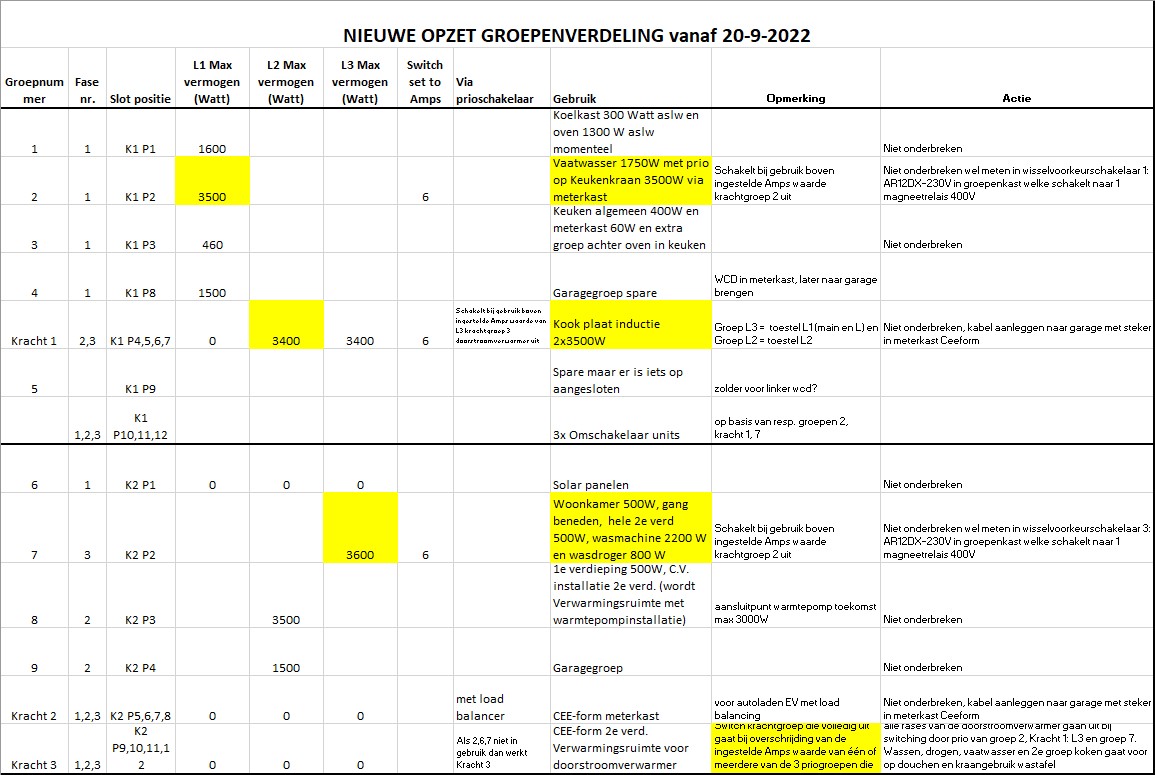Please note that this post is valid for the situation in the Netherlands with the Dutch power grid for consumers.
The situation in the Netherlands and most of Europe is that the deliverd power to regular power outlets is 230 Volts @ 50 Hertz.
A 3-phase power connection is 3x 400 Volts, 50 Hertz.
After my installation of two 400 Volt power groups, one for charging the electric car and one for the instantaneous water heater (for showering without gas), I ran into a problem with the power consumption of a Dutch standard 3×25 Amps house connection, as is standard delivery when 3×400 Volts is required.
For charging the car, an easy solution was to install a load-balancer in the meter box or next to it with a link to the smart power meter of the grid operator (all depending on the chosen brand of charging box/pole) . Then the load-balancer communicates to the charging station how much power is available for charging the car. Always good.
For the flow-through water heater power group, it was more difficult. This unit uses 11 kW divided over 3 phases. Since we are also cooking on a 2 phase-connected stove and we have also ordered a heat pump for heating the house, the load per phase might be more than the available 25 Amps or 5750 Watts. Times three is then 17250 Watts.
Of course, you can agree on all kinds of things with your co-occupants, such as not showering when you cook or when the heat pump turns on.
But to make sure your consumption is not suddenly too high, you can also create a technical solution that fits into your existing meter box. Perhaps the necessary switching modules themselves will fit into your existing distribution board. In my case it all fitted OK, because I recently installed a new distribution board for the 400V power group to charge the electric car,
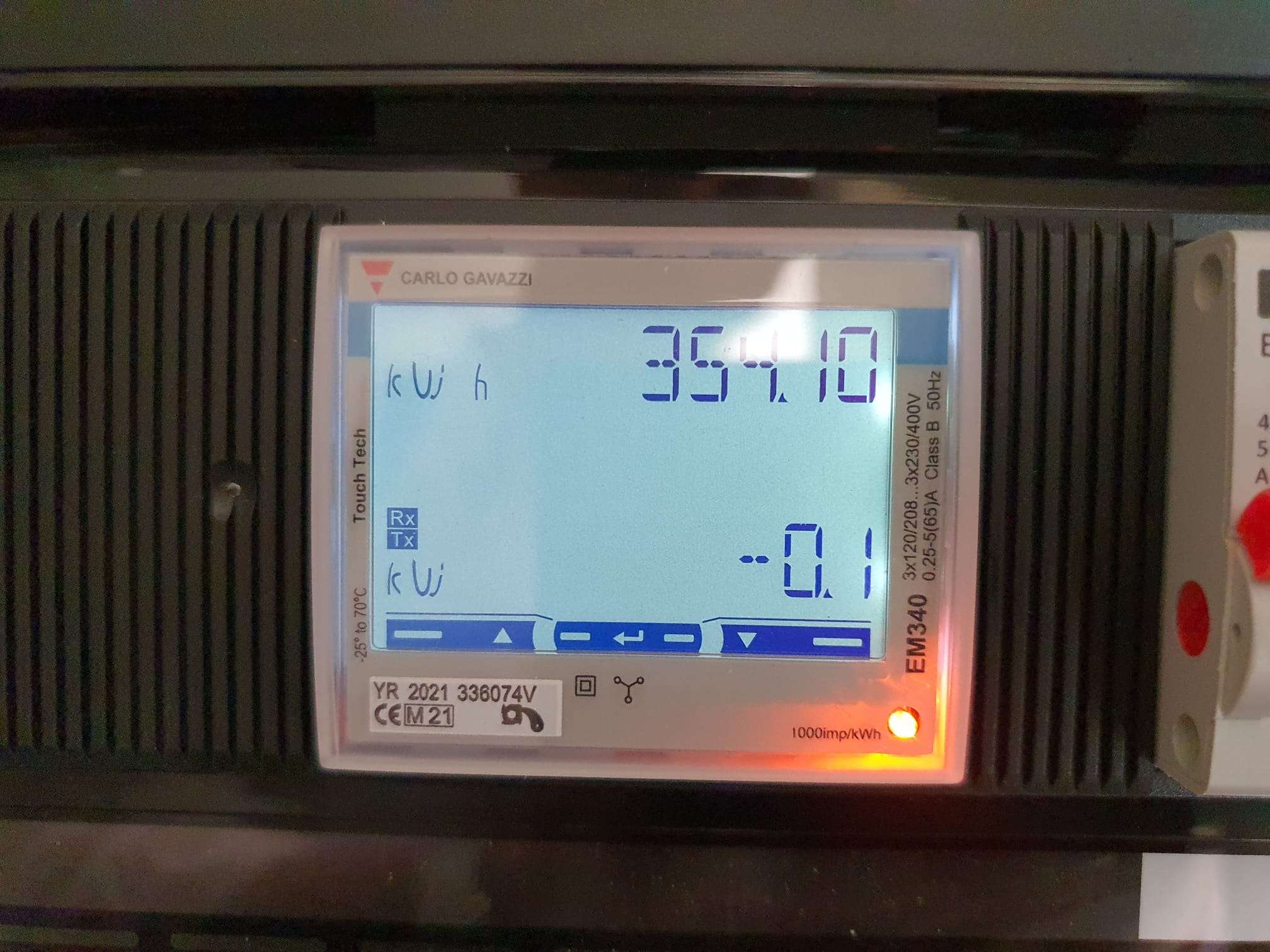
The required modules that you can mount in the meter box are measurement modules that, when you have more than a settable value of power consumption of a particular group, can energize a switching contact. Through that contact you can then control a relay that in my case I placed between the power connection of the flow-through boiler power group.
That relay, which is included in the water heater connection, ie of the type Normal Connect, so in the inactive position the instantaneous water heater is simply energized.
If at least one measurement module activates a contact, the relay in the boiler connection is activated and turns the instantaneous water heater OFF.
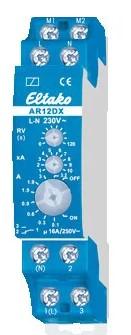

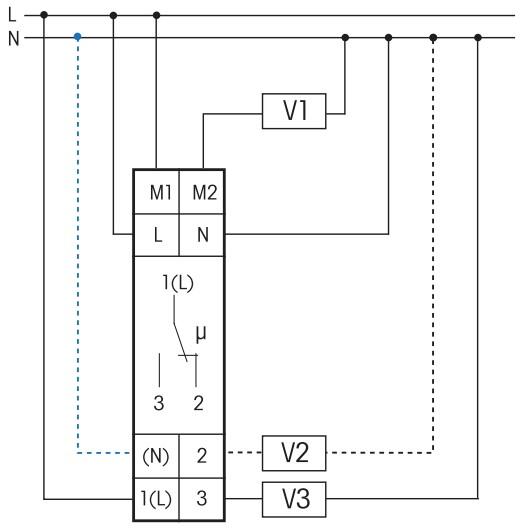
Technische_fiche_AR12DX (sorry, in Dutch…)
I have included in the 3 groups L1, L2 and L3 each 1 piece AR12DX switch/measurement module and there I have successively connected the following frequently used ‘with prio’ groups:
Dishwasher with electric kitchen faucet (1-phase instantaneous water heater);
Living room, second floor washer and heat pump dryer;
Second cooking group (our 2-phase cooktop can also operate on 1 phase).
These 3 groups always just stay on (it’s called “with prio” in this case), they just determine that the shower-flow water heater cannot operate if a certain power level is exceeded on any of these 3 groups.
Namely, the measuring/switching modules are adjustable for waste hysteresis (set to 0 for this situation with ordinary contact relay) and current. The current at which the contact is activated is adjustable. This is especially nice with group 2) because with just watching TV or lights on, you still don’t want the switch to flip.
I set the current of the second measuring/switching module to 5 amps, of number 1 and 2 the current setting is at 1.5 amps.
I am still looking for a 3-phase NC SSR, 400V 40A. When I have it I will replace the relay. That relay works very well but it is also very loud. The meter box is in the hallway closet against the kitchen. The group box sits on a wooden board on the plaster wall on the other side of the kitchen and you can hear the relay switching very well.
The schematic of the 3x AR12DX measure/switch modules as I implemented it: (still in draft and in Dutch but OK)
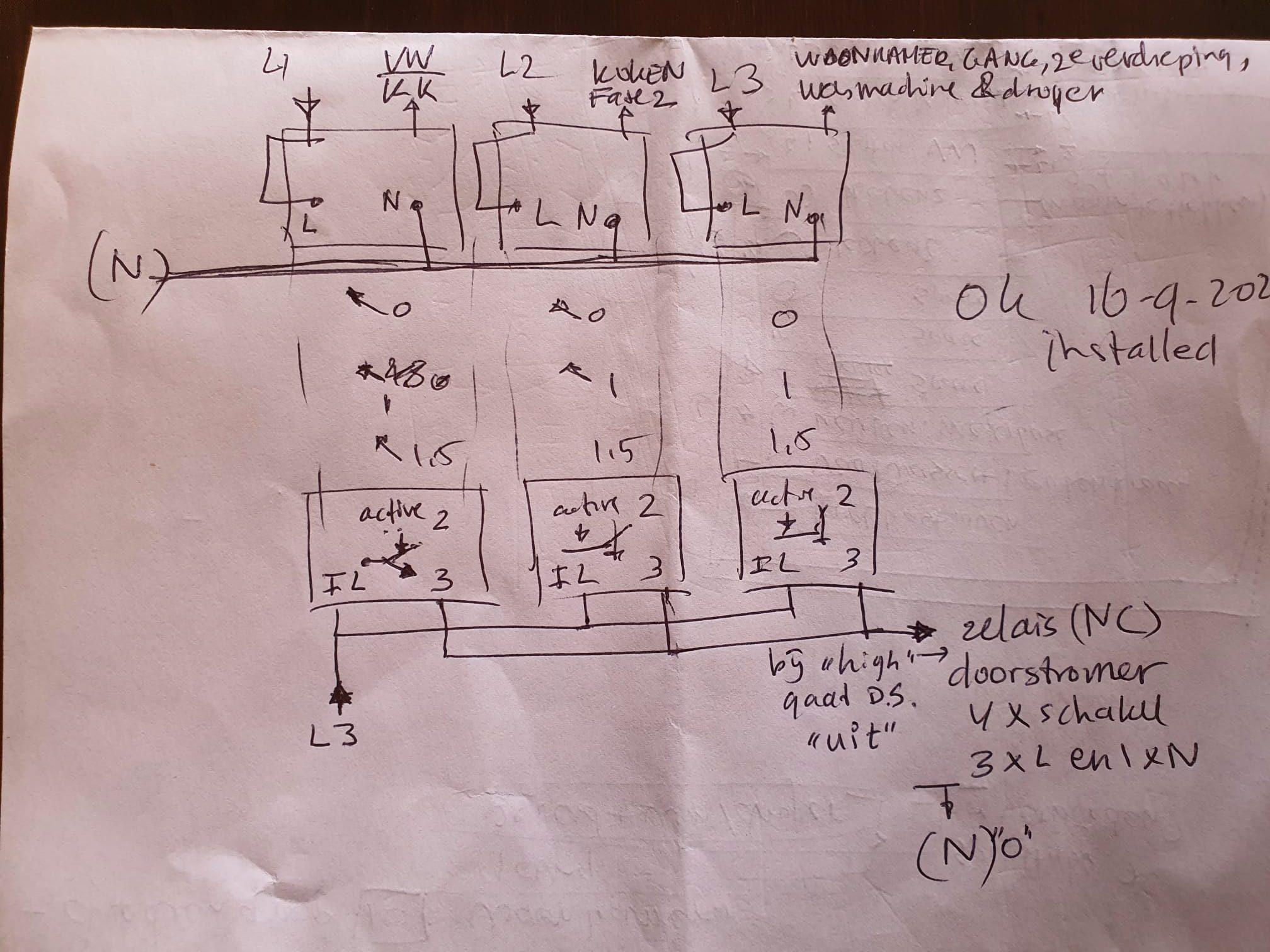
So far everything is working fine, and these first weeks all went fine!
Below the 230V power groups and phase arrangement is shown (in Dutch)
